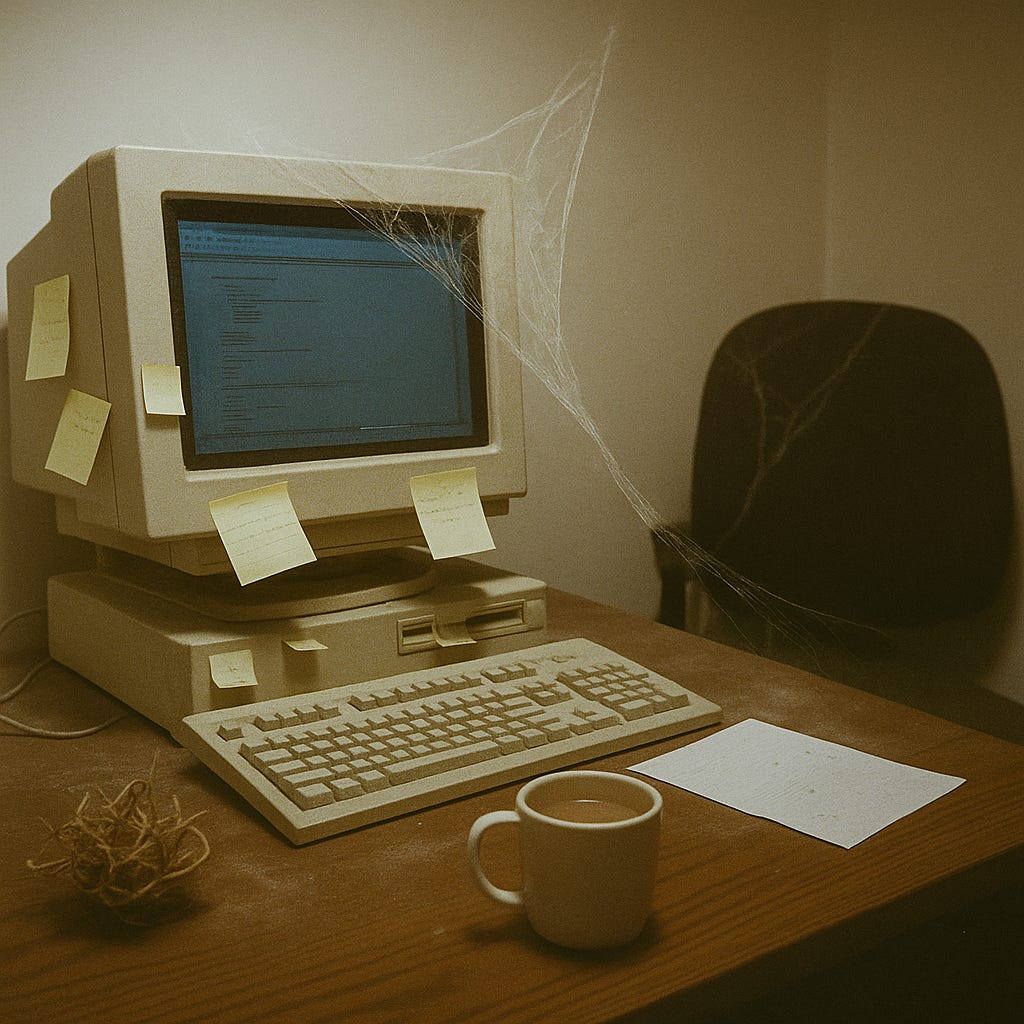What Happens If Your Ecom Manager Leaves?
If one person holds all the answers, you’re one emergency away from a serious operations issue.
Last week I was working on a discovery for a long-established, trusted home improvement brand when I ran into a familiar scenario: I asked if there was any documentation on how their Shopify store worked… and found out nothing was written down.
As is often the case, there was really only one person who knew how everything worked - efficiently managing byzantine processes that would make your head spin just trying to understand them. As the product catalog grew more complex, so did the merchandising workflow, with this person handling it all - quietly, and alone.
I’ve seen this kind of situation before. It’s often someone who didn’t start out managing the website - maybe they were a designer, or in a different admin role - but they got tasked with the job, turned out to be great at it, and became indispensable. There’s often a lot of pressure on these people, especially when campaigns need to go out, and over time they can quietly become a bottleneck.
What happens if they go on vacation, get sick, or face an emergency? What if they leave?
When the System Relies on One Person
Shopify is generally easy to use - that’s one of the things that makes it great. But depending on the level of customization, themes can quickly get out of hand - especially if you started with something from the theme store, built to be everything to everyone. With new features like AI-generated blocks in the theme customizer, I can see this getting even messier in the future.
Themes often rely on custom apps for key functionality, but without documentation it’s easy to lose track of what those apps are actually doing. If the original developer is no longer involved, that app can turn into a black box no one wants to touch. And without proper oversight, former developers might still have active API keys that let them modify your store, should they choose to.
Over time, siloed knowledge and small gaps in documentation add up. What starts as a few quick fixes or shortcuts can quietly turn into operational risk. If something breaks, or the one person who knows how things work becomes unavailable, your team is left scrambling. That’s not just inefficient - it’s a liability.
Steps Toward a More Resilient Store
Although any documentation is better than none, the most effective Shopify handbooks I’ve seen have been built in Notion. It allows you to create a living, navigable handbook with a sidebar, page hierarchy, and internal links. It also indexes the full contents of every page and subpage, not just titles or filenames, which makes searching much easier and more useful.
At the theme level, I’m a big advocate for hiding any section or theme settings that aren’t actually used. This takes a bit of development work - not just to hide the settings, but to audit the related files and make sure everything still works if the theme is reused elsewhere. Shopify’s new conditional settings in the theme editor can also help streamline the experience, keeping things flexible without overwhelming the user with options. Also, that feature that you only use once a year - maybe it’s time to get rid of it? (No chance. The founder loves it, we have to keep that.)
Regularly auditing installed apps is good practice - every third-party app adds some weight to your storefront, and your subscription bill. Apps that aren’t in use or aren’t providing value should be removed. Custom apps should also be reviewed, and if they’ve become black boxes, it’s worth developing both a migration plan and a fallback in case something breaks.
Getting Things Under Control
If your team is relying on one person to manage the complexity of your Shopify store, now’s the time to build some resilience into your setup. It doesn’t take a full rebuild - just some smart documentation, a bit of cleanup, and a plan. You’ll save time, reduce stress, and make life easier for everyone involved.



